The master of discipline, the fantasy-grade martial artist, the Monk is the least item-reliant class in the game. Because of this, Monks’ choice of Tradition plays a significant role in supplementing their unarmed strikes and ki-based abilities.
Monastic Traditions are available for Monks at level three and are the Monk’s subclass. They offer benefits at level three, six, 11, and 17. These benefits have no set format—they can be defensive, offensive, or provide utility at any level.
All playable Monk traditions in 5E
There are ten official Monk Traditions in 5E. Each offers a different take on improving the Monk’s features, from enhancing Flurry of Blows to granting ranged options and even granting supportive abilities.
Monk Traditions are crucial to ensuring that they’re helpful in the heat of battle. Sadly, this means that some of them are more useful than others—especially if your goal is to make a Monk that doesn’t die, has good utility, and can still deal massive damage to foes.
Table of contents
10. Way of the Kensei
Finally, a way to use weapons as a Monk. Unfortunately, though, it’s not a great choice.
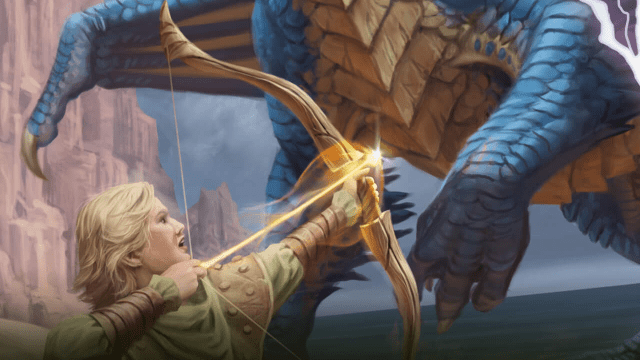
The Way of the Kensei is a valid option for a Monk that wants to use bows to their full potential. This Tradition lets you choose two weapons to be your Kensei weapons, one melee and one ranged. It’s usually better to choose good finesse options like Rapiers and the Longbow.
However, the gimmick folds in on itself quickly. You get a plus-two to AC if you ignore your weapon and attack with unarmed. Your bonus action to hit with ranged weapons does a “staggering” d4 of damage. And you get proficiency in a toolset that isn’t exactly powerful.
As you level up, things don’t get much better. You can burn ki points to deal damage equal to your fist damage—instead of doing fist damage twice with Flurry of Blows—and spend ki points to make your weapons magical. While handy in a campaign where there are zero magic weapons, in most situations, it will be an expensive plus-one or two at most.
The writers really held back on giving the Monk a valid weapon build, which is a shame. With the release of the Sun Soul, this isn’t even the best ranged option for the class anymore. But, it is unique, and that counts for something.
9. Way of the Four Elements
Harness air, earth, fire, water. And soon after, the short rest.
The Way of the Four Elements lets Monks cast spells with ki points. They get a list of elemental styles that includes offensive, defensive, and utility spells. Most of them are direct replicas of another spell, like how Clench of the North Wind lets Monks cast Hold Person.
However, there are three problems with this Tradition. Firstly, you’re locked into fifth level spells as your maximum. You learn Fireball at level 11, for instance, six levels after a Wizard would. This means you are quite far behind casters, and unlike the Eldritch Knight or Arcane Trickster, you don’t get extra abilities that capitalize on your ki-based casting.
The second problem is your bafflingly low number of known spells. You get to choose four total spells over your 20-level journey. So, unlike other archetypes that gain casting slots, you don’t really get any utility—you select the four best spells for combat and go on your way.
The third problem is that this Tradition has nothing else to offer. You get your four spells. Sure, since they’re ki-based, they function kind of like Warlock spell slots. But Warlocks get 15 known spells and their Mystic Arcanum, while you’re stuck with your base Monk abilities and a drained pool of ki points. Trust us: Playing a Monk without ki is like fighting an uphill battle.
8. Way of Shadow
Be one with the shadow by spending two ki.

The traditional stealthy Monk comes with fun and effective out-of-combat utility. Spending ki points on spells like Darkness or Pass without Trace can facilitate devastating ambushes. You also get the ability to teleport in darkness for free, and can learn to turn invisible until you attack at will. The level 17 capstone is to ambush someone who was just attacked by an ally, smacking them with your fist, which can be very impactful.
This is a surprisingly effective archetype, but offers little that isn’t normally covered by an allied caster. The ability to teleport as a bonus action is great, but Monks have other options to close the gap—from fast movement to Step of the Wind. It’s a good archetype with excellent mobility, but mobility just isn’t that important for Monks.
7. Way of the Sun Soul
Channel the sun and smite your foes like ants.
The Way of the Sun Soul is the other ranged archetype for Monks, and it nails the idea much better than the Kensei. Rather than awkwardly using a bow, Sun Soul Monks shoot energy blasts out of their hands. Since they’re spell attacks, this is one of the few Monks that can get accuracy improvements from Magic items with a Wand of the War Mage, but only if they multiclass. You can also use Flurry of Blows with your sun blasts.
You eventually get some abilities that are somewhat reminiscent of the Way of Four Elements. You can cast Burning Hands after you attack at the cost of two ki. You can throw a fireball-sized damaging spell by spending up to three ki. And, at max level, you can do reflective damage at around 10 damage per pop.
This is an incredibly fun way to play Monk as a ranged character, with slightly better access to ranged options than any other archetype. However, because giving range to a Monk is somewhat of an anathema to Wizards of the Coast, we can’t say this archetype is anything other than “fine.”
6. Way of the Drunken Master
The Drunken Master is the Monk for characters who like to fight like idiots, and make everyone else look like an idiot while they do so.
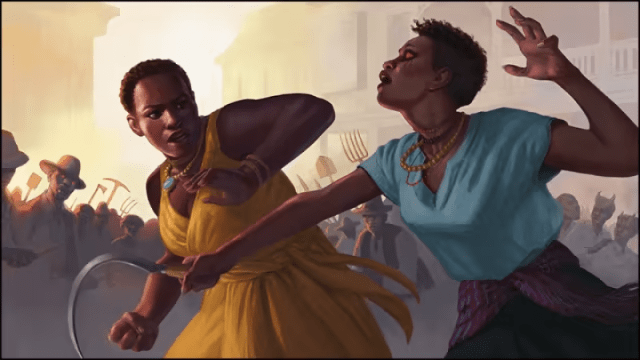
You get proficiency in Performance and brewer’s supplies, two mediocre proficiencies that are lackluster in battle but definitely make you fun at parties. Thankfully, you also get the ability to disengage whenever you Flurry of Blows. That’s not a bad start, since it lets you weave in and out of combat.
Over time, you’ll stand up from being prone much easier and spend ki to cause missed melee attacks to hit someone else. The extra damage from the reaction is valuable for a Monk, since they don’t get too many reactions that rely on an enemy being up close.
You can also spend ki to cancel disadvantage and, eventually, use five attacks when activating Flurry of Blows—as long as that Flurry hits multiple people. This is a very fun archetype with easy access to Disengage, which lets you consistently avoid melee encounters while the party’s AC tank endures them.
5. Way of the Astral Self
Channel your ki and find your inner arms.

The Way of the Astral Self allows you to summon spectral arms that float nearby. These arms deal a burst of damage and allow you to use Wisdom instead of Strength or Dexterity for several important rolls, including Strength saving throws and unarmed strike damage. They also improve your reach by five feet, allowing for the hilarious 15 foot Bugbear sucker punch.
As you level up, your spectral form gets stronger. You can spend additional ki to give yourself better vision and out-of-combat capabilities. You can spend reactions to reduce specific types of damage to yourself—mostly elemental damage, but also Force. Then, at level 11, you reach a point where you hit slightly harder each turn.
Finally, at level 17, you can spend five ki to summon awaken your astral form to gain a plus-two to AC and attack three times with your arms.
Sounds awesome, right? Well, while you’re doing all of this, you’re also rapidly draining your ki supply, for little benefit compared to traditional Dexterity-based Monks. Extra reach is nice, deflecting energy is good, and the Visage bonuses to sight and out-of-combat dialogue is great. But it’s expensive and difficult to use over a long day if you want to fight at full power.
4. Way of the Open Hand
The Way of the Open Hand is the original Monk and the reigning king of the Flurry.
The Open Hand Monk is your all-rounder. It begins by adding strong control options to your Flurry: Either knocking the enemy prone, sending them backwards, or preventing them from making reactions. As you level up, you can heal, cast Sanctuary on yourself, and access the powerful Quivering Palm action that can instantly knock out a creature.
This subclass has a bit of everything: Control, healing, and damage. It’s an excellent way to introduce a new player to the Monk, though it can be lackluster at dealing damage until you reach level 17.
3. Way of the Ascendant Dragon
If this isn’t the best archetype in the game, it is certainly the coolest sounding one.

By following the way of the Ascendant Dragon, you use lessons learned from dragon-kind to smash into your foes. You begin with the ability to give your unarmed strike damage an elemental type, gain the ability to reroll face skills, and can replace an attack with a dragon breath. Your breath weapon does relatively low damage—between 2d4 and 3d10 as you level up—but offers area-of-effect capabilities that are otherwise hard to come by, as well as damage on a saving throw.
As you gain strength, you learn how to briefly fly, gain the ability to instill fear in your enemies and gain resistance to a damage type, and eventually empower your breath weapon, gain blindsight, and explode whenever you enter your heightened dragon form.
This Tradition is notable for its expressive flavor and excellent area-of-effect abilities. However, it relies entirely on Stunning Fist for crowd control and only gains durability against specific elemental damage types. You should choose this Tradition because it’s awesome, but there are a few better options if your goal is to be a frontline bruiser.
2. Way of the Long Death
They call it Long Death because you’re going to be a long way from death the entire time.
This is the only archetype I’d feel comfortable calling a tanky Monk. The Long Death Monk gains temporary hit points after killing an enemy, like a Fiend Warlock. This can help you stay alive during a pitched battle, as it scales just as well as a Fiend. Plus, by level six, you can spam an action to keep enemies feared for a long time.
The real potential unlocks at level 11, after which you can spend a ki point to avoid dropping to zero hit points—without spending a reaction, and not once per turn or day. You could theoretically tank between 11-20 extra hits per day at 1 HP. No other class, race, or ability in the game can come close to that level of durability while sitting on the brink. On top of this, you can nuke people at level 17.
It’s very much worth trying. While it doesn’t do much for your damage, you rarely have to worry about your Monk’s durability. This is refreshing for many Monk players.
1. Way of Mercy
The Paladin Redemption Oath is busted, and the Cleric Peace Domain is amazing. That means the Monk Tradition that prefers nonviolence and understanding must be incredible, right?
Yes.
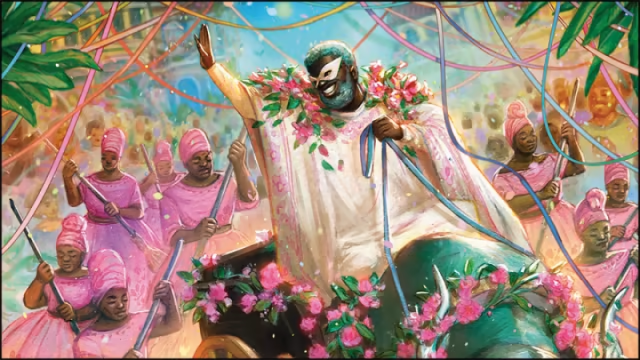
The Way of Mercy gives Monks a Hand of Healing and a Hand of Harm. These hands can spend a Ki point to either restore health or deal damage. You can even use your Hand of Healing during Flurry of Blows, letting you heal a party member with one hand while you deck an enemy in the nose with the other. The Hand of Harm does passable damage on top of your unarmed strike.
You get seriously strong later on: The Hand of Healing can cure annoying status effects, like paralyzed and stunned, while the Hand of Harm poisons enemies without a saving throw. Poisoned is a very powerful status condition and worth applying often, so this ability is very powerful.
Additionally, you can use Hand of Harm automatically during Flurry of Blows for free, further improving your ki efficiency and dramatically improving your damage. You can also heal twice with Flurry, making out-of-combat recovery slightly more realistic.
On top of this, you get to resurrect someone at level 17, for five ki, once per long rest. Sure, why not.
This archetype is crazy strong. It offers damage, healing, and crowd control, just like the Way of the Open Hand—and it doesn’t even let the enemy save against it.



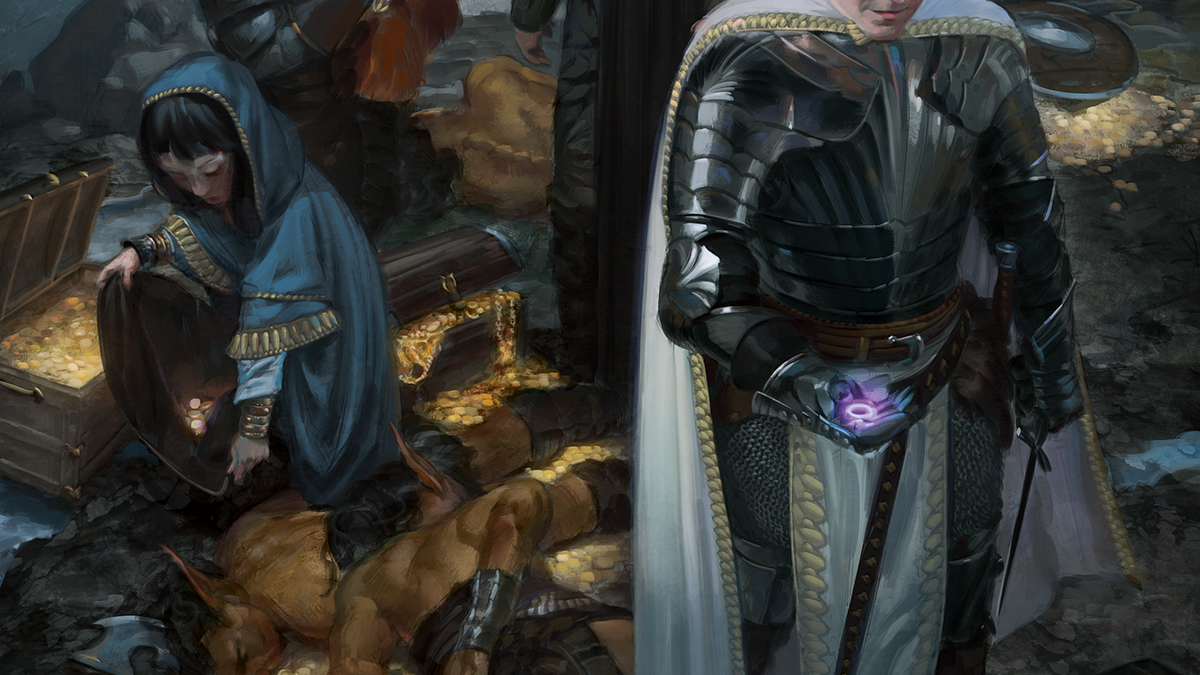
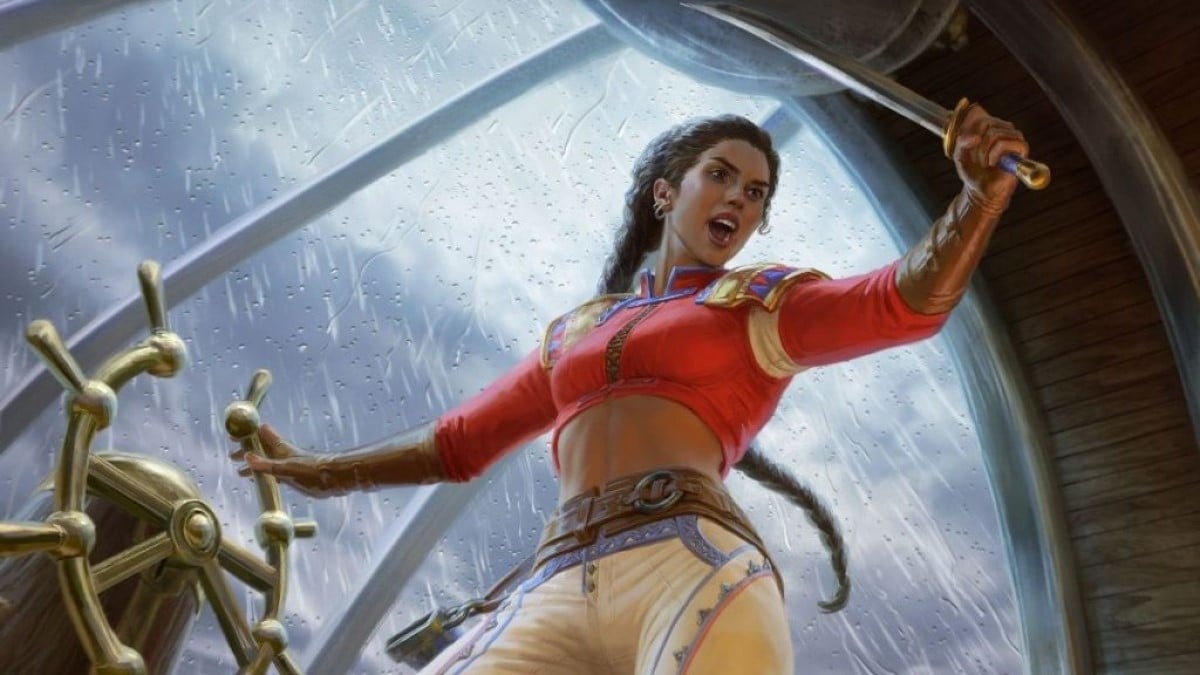

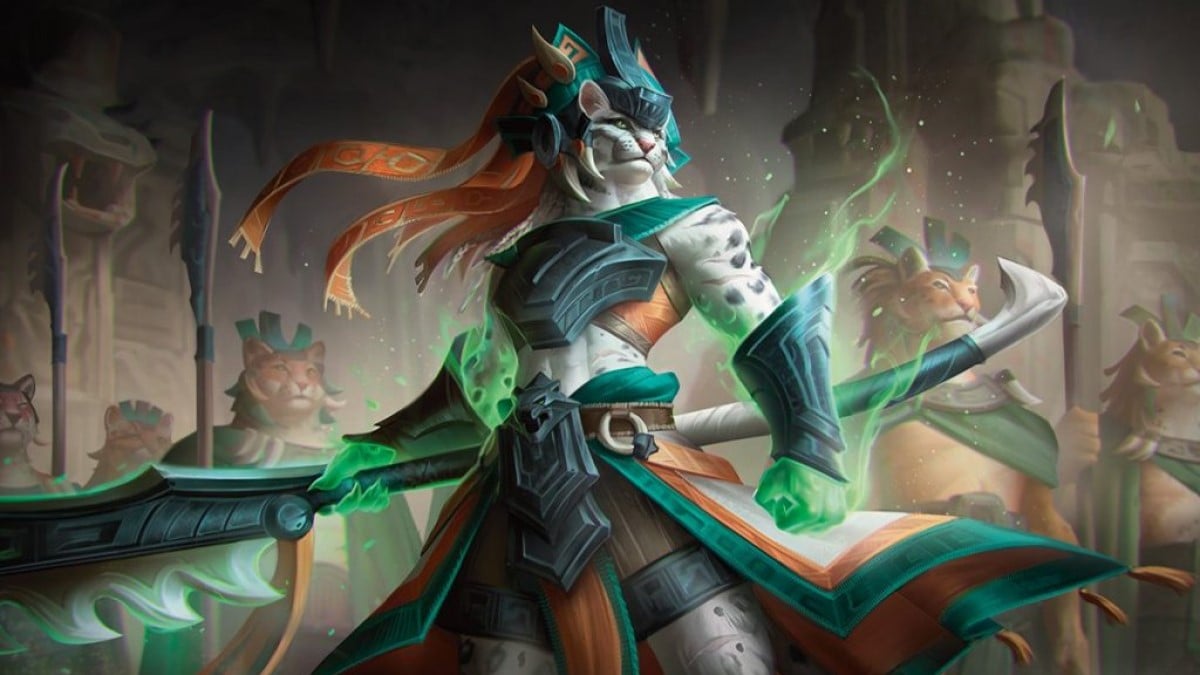
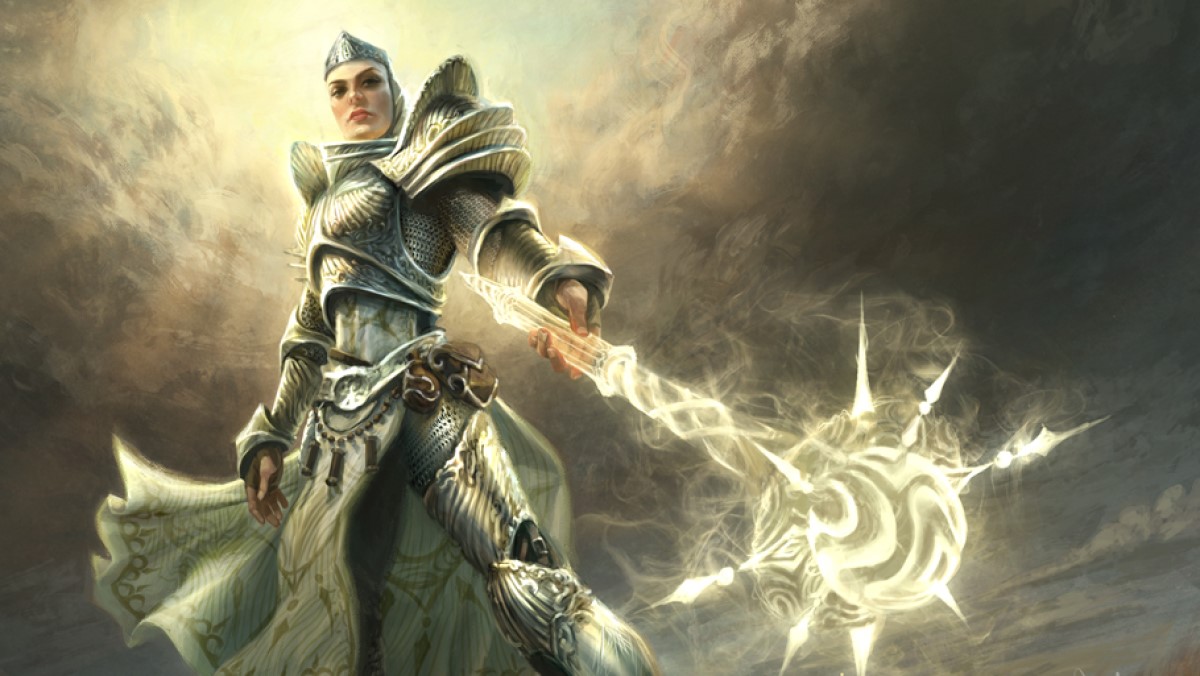

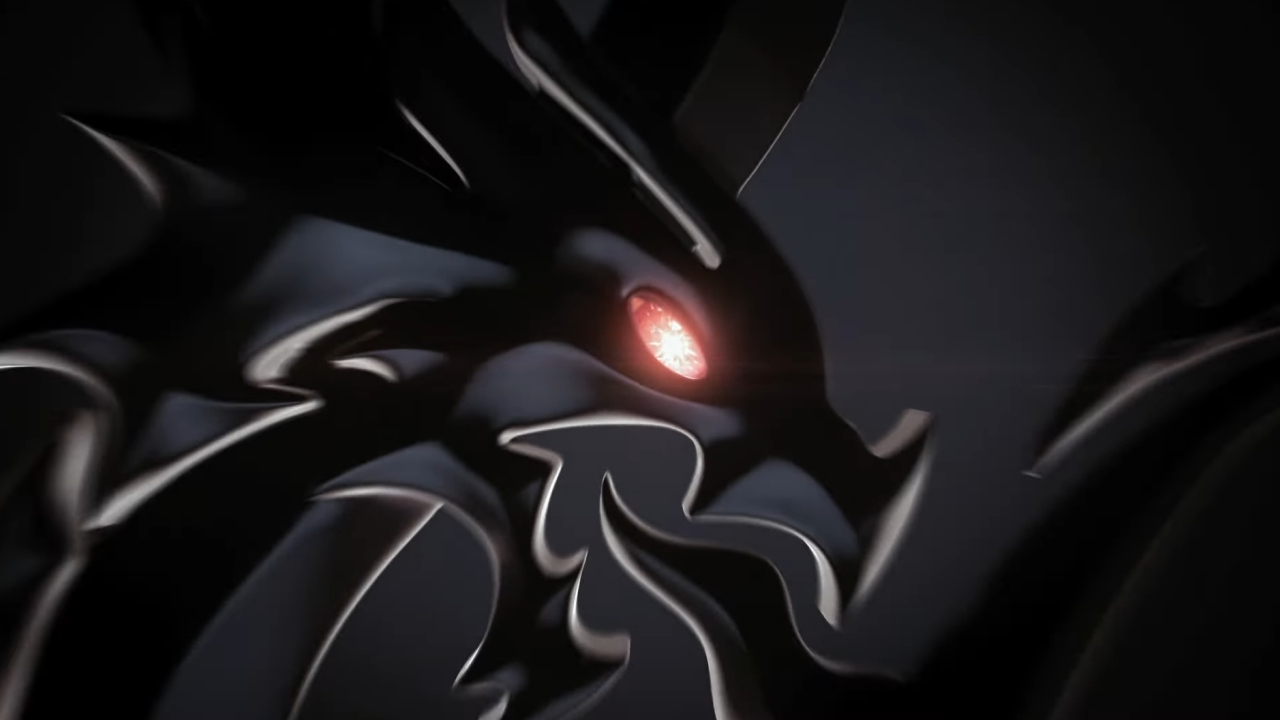
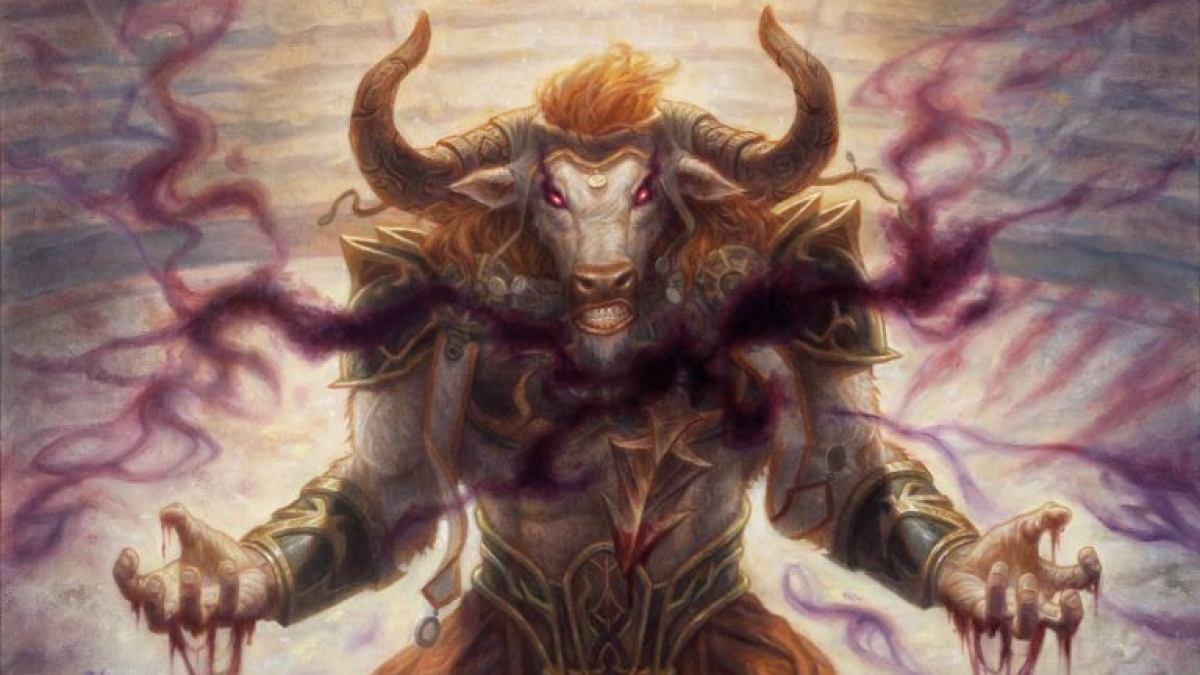

Published: Sep 9, 2023 05:56 am